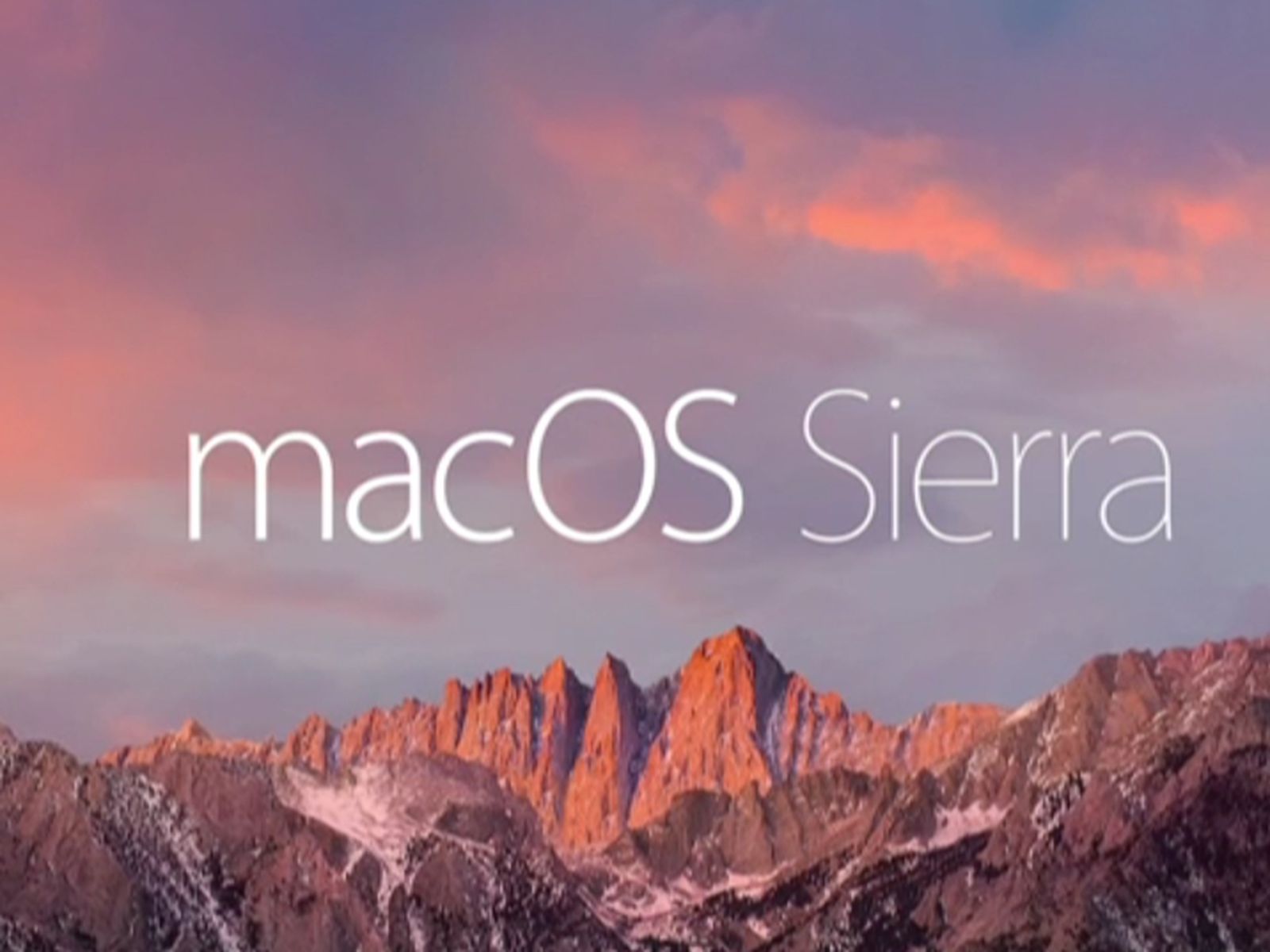
- #GOOGLE PHOTOS MAC OS HIGH SIERRA CHANGE LIBRARY MAC OS X#
- #GOOGLE PHOTOS MAC OS HIGH SIERRA CHANGE LIBRARY INSTALL#
- #GOOGLE PHOTOS MAC OS HIGH SIERRA CHANGE LIBRARY UPGRADE#
Show/Hide Hidden Files using Terminal AliasesĪ Terminal alias is a name or shortcut for one or multiple commands.

It's not the longest set of instructions or the biggest command to commit to memory but if you're doing this a lot, it's worth spending a few minutes now to save yourself a lot more time in the future. To hide them again, follow the same steps but replace the Terminal command with: defaults write AppleShowAllFiles NO Relaunch Finder by right clicking the Finder Icon whilst holding the `option/alt` key

Hold the 'Option/alt' key, then right click on the Finder icon in the dock and click Relaunch.In Terminal, paste the following: defaults write AppleShowAllFiles YES.Open Terminal found in Finder > Applications > Utilities.
#GOOGLE PHOTOS MAC OS HIGH SIERRA CHANGE LIBRARY MAC OS X#
The long way to show hidden Mac OS X files is as follows: Thanks to Guido Schlabitz for making me aware of this new shortcut. If you're using a version earlier than macOS Sierra, see Show/Hide Hidden Files using Terminal Aliases to setup a toggle command via terminal. Press once to show hidden files and again to hide them. Since the release of macOS Sierra, when in Finder, it is now possible to use the shortcut: CMD + SHIFT +. The Quickest Way to Show/Hide Hidden Files All I need do now is type showFiles and hideFiles whenever I need to show/hide OS X's hidden files. Today I decided to make a short and easy to remember alias to speed up the process. Upgrading to Photos or using a virtual machine preserves both.It seems like every day I search Google for the command to show hidden files on Mac OS X, not to mention Googling for the command to then hide those hidden files a few minutes later. And you might not be able to import modified versions of photos you edited within iPhoto-only the originals. With Google Photos and either Lightroom choice, you won’t be able to preserve metadata added in iPhoto, however.

(You could also revert to Mojave, but that’s a time-limited choice, too, and Mac models released after this point won’t run macOS before Catalina.) You can postpone making a change for a little or long while. While it’s not a solution forever, you can use Parallels or VMWare Fusion within Catalina.
#GOOGLE PHOTOS MAC OS HIGH SIERRA CHANGE LIBRARY INSTALL#
Install a virtual machine to keep macOS Mojave or an earlier macOS running for iPhoto and other apps. The cloud-oriented version is just $10 a month, which includes 1TB of storage and the use of all the apps across your devices.

Adobe offers two different versions: one is oriented towards images stored on a computer ( Lightroom Classic), while the other leans heavily on cloud-based sharing and access for mobile, desktop, and Web (the weirdly named Adobe Photoshop Lightroom). Switch to Adobe Lightroom for photo library managing and maybe for cloud-based sync. You can have the desktop software read an iPhoto library to upload your images. Google offers desktop and mobile apps for importing images and syncs via its cloud service. Photos doesn’t copy the iPhoto images, but it uses a special kind of link that lets the same file exist in two places, avoiding increasing your storage requirements.
#GOOGLE PHOTOS MAC OS HIGH SIERRA CHANGE LIBRARY UPGRADE#
Photos can still read and upgrade an iPhoto library, as it doesn’t require launching iPhoto. If you upgraded to Catalina without first launching Photos or finding another solution, what options do you have? Plenty.


 0 kommentar(er)
0 kommentar(er)
